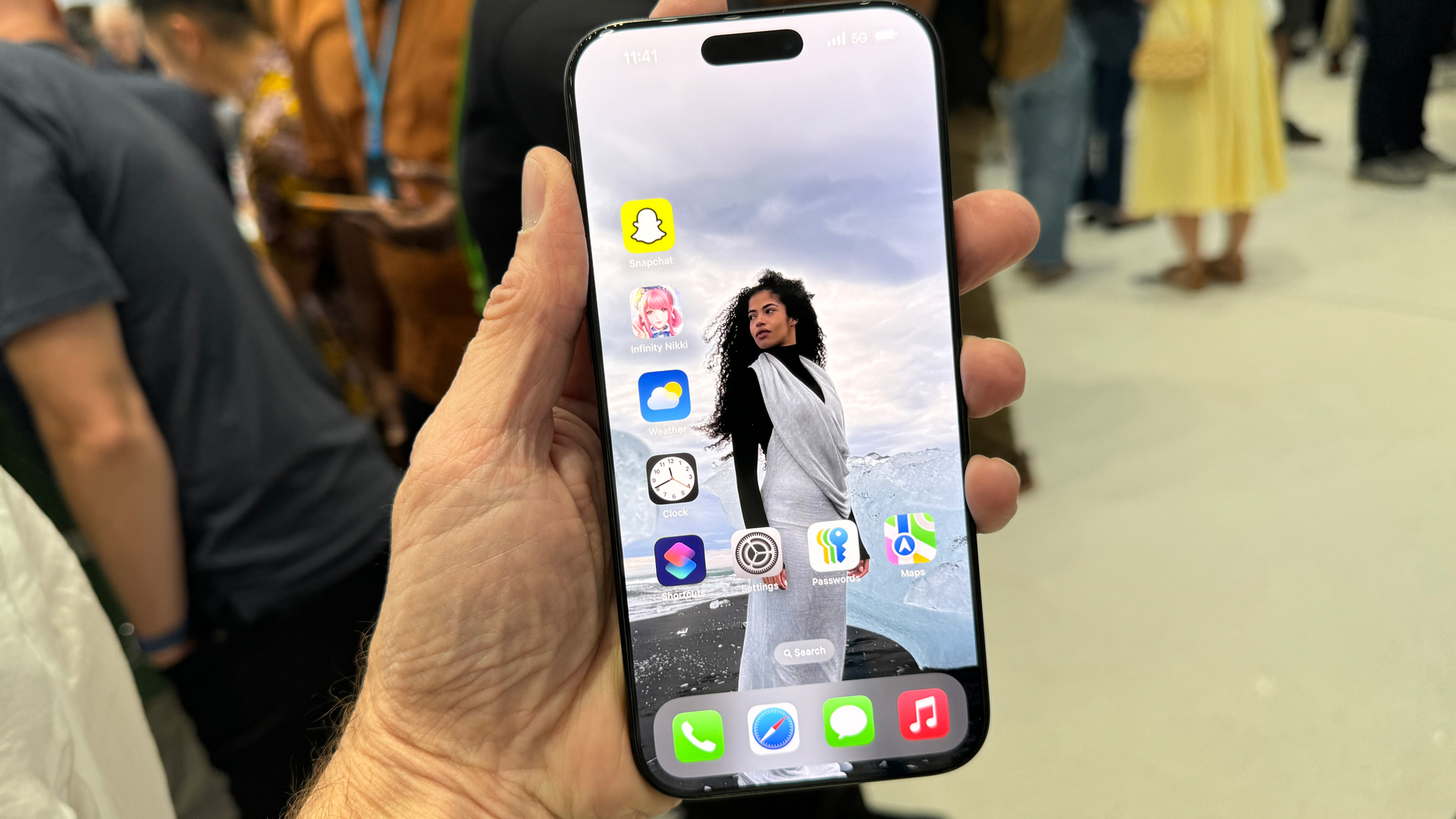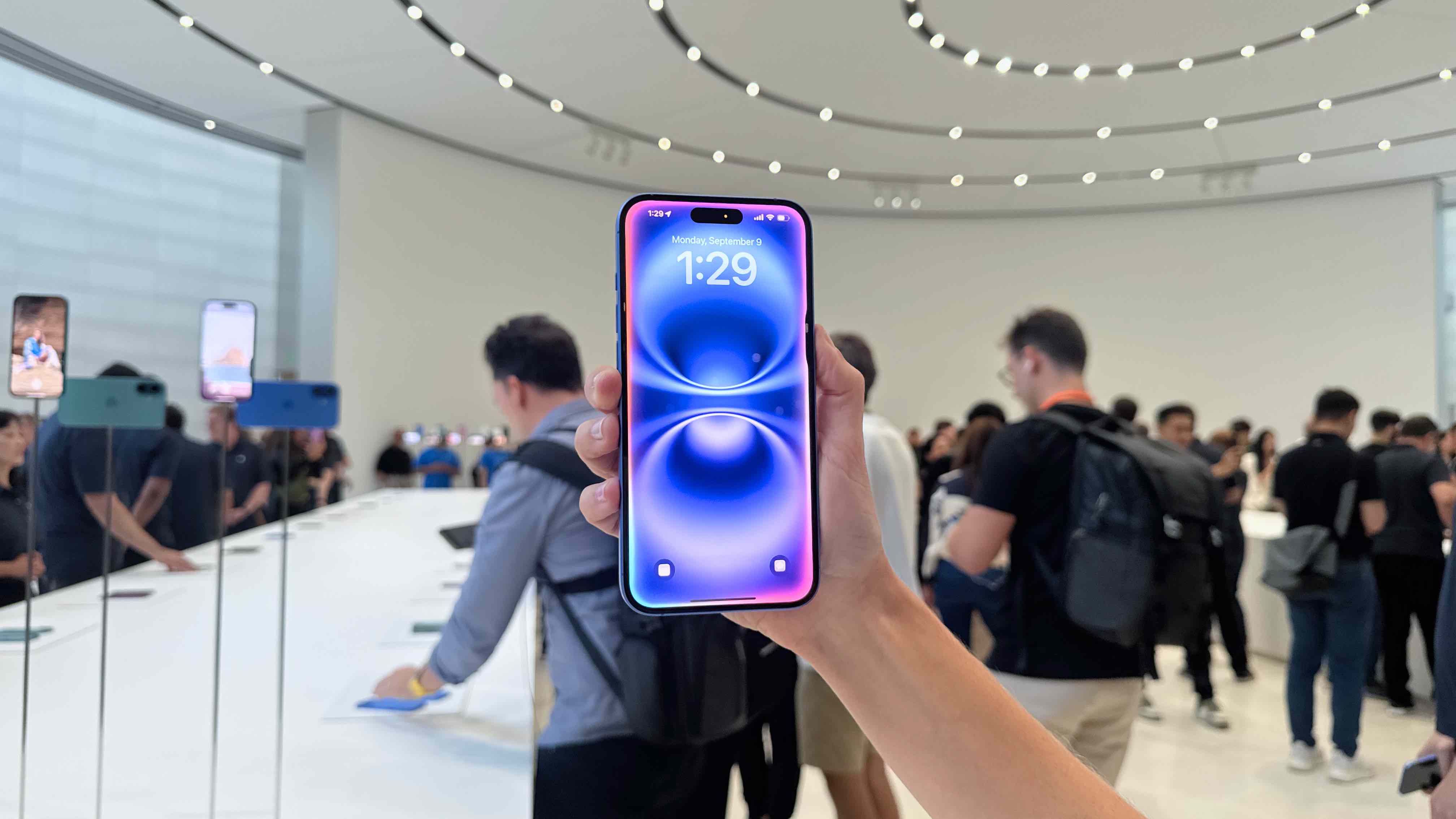
If you’re unlucky enough to end up with a bricked or unresponsive iPhone, the usual way to restore it is to connect it to your Mac or PC and transfer the recovery firmware from there to your phone. But that can be a hassle – you might not have access to your Mac, for example – and now, Apple is finally fixing this issue with the launches of the iPhone 16 and iOS 18.
As spotted by 9to5Mac, you will now be able to restore any device from the iPhone 16 range by loading Recovery Mode and placing it next to another iPhone or iPad. That secondary device will download a fresh iOS firmware copy and beam it wirelessly to the broken device.
That makes the restoration process far simpler. There’s no need to find a working cable or hook up your device to a computer, meaning you can now potentially restore your iPhone when you’re away from your desk or out on the road and don’t have access to a Mac or PC. As well as that, it also means you can avoid a trip to an Apple Store or third-party repair center, saving you time and, potentially, money too.
Limited to iPhone 16 for now

It’s worth noting that this method won’t work with every Apple device. As 9to5Mac says, “Although any device running iOS 18 can be used to restore a bricked device, it seems that only iPhone 16 models can be wirelessly restored for now.”
That’s because iPhone 16 phones come with a dedicated recovery partition that is able to manage the recovery even if the main iOS partition is not booted. That’s something older iOS devices lack.
The report from 9to5Mac says that it’s unclear if Apple will be able to retroactively add this system to older devices or whether it requires new hardware. For now, it only works with iPhone 16 series devices.
Interestingly, this kind of wireless recovery has been possible for a while in other Apple products, including the Apple Watch and Apple TV. Traces of the recovery system code were first noticed back in 2020 in the iOS 13.4 beta, but it’s taken a while for wireless recovery to come to iPhones. But for anyone who gets a bricked iPhone miles from the nearest computer, it’s better late than never.







